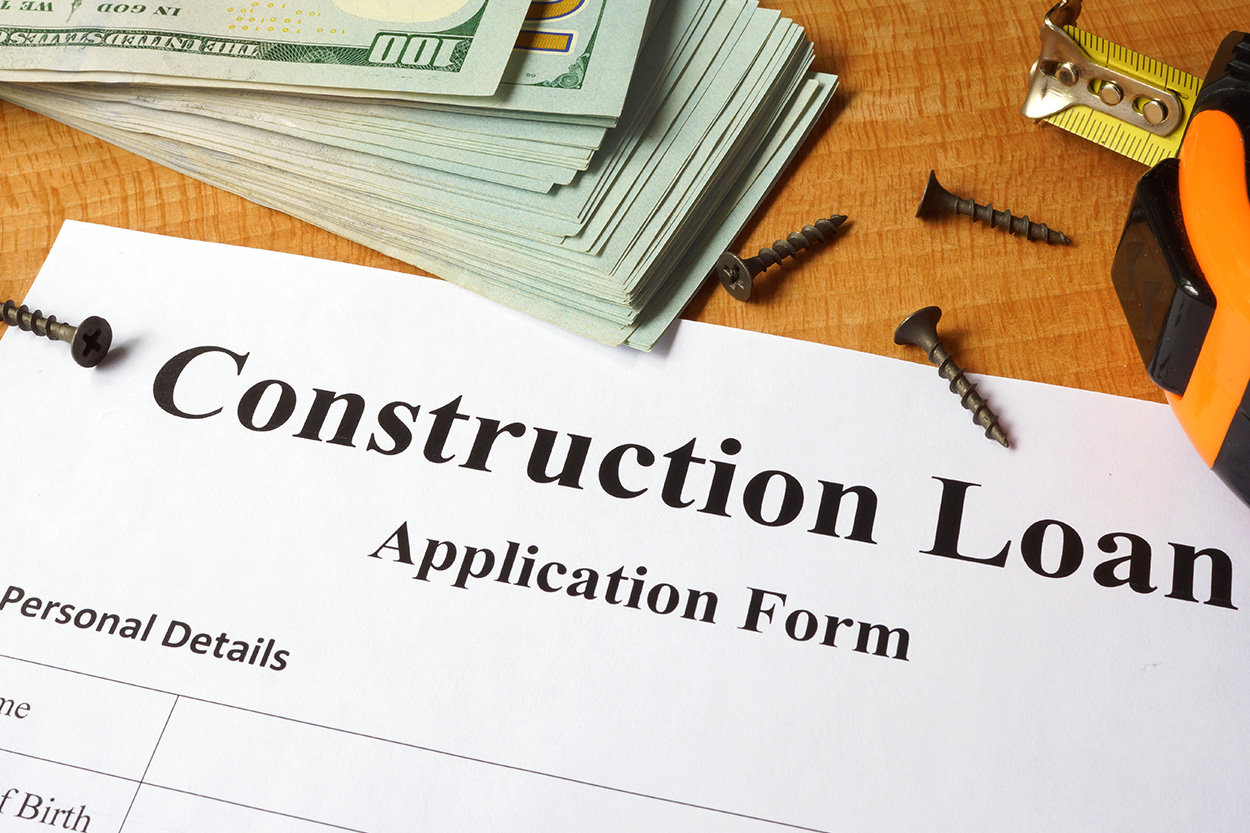APR vs Interest Rates: What’s the Difference?

When shopping for a home, most people are concerned with one number: the sale price. However, once you find that perfect place and are ready to take out a mortgage, you will want to pay attention to two other important numbers: the interest rate and APR.
While a sale price might tell you how much a home is worth, it won’t reflect the amount of money you’ll actually be paying to purchase the home. By evaluating the different interest rates and APRs across various lenders, you can better determine how much you will really be paying for your home. But first, you need to understand what interest rates and APRs are, how they affect your loan, and how to compare them.
Key takeaways:
- Interest rates and APRs are percentages that lenders use to explain how much you will pay in addition to the sale price
- Your mortgage interest rate reflects the cost you pay to borrow the money for the lender and is determined by the current market and your credit score.
- Annual Percentage Rate or APR offers a more complete representation of how much you will pay for taking out a loan, and is determined by your interest rate, discount points and additional lender fees.
What is an interest rate?

The interest rate on your mortgage reflects the amount of money your lender will charge you for taking out a loan over a specific period of time or term. Your interest rate will dictate how much you pay per month (not your APR). Expressed as a percentage, your interest rate is largely determined by two main factors: your credit score and the market rate.
The higher your credit score, the better position you’ll be in for a lower mortgage interest rate. Here are some of the ways you can improve your credit score before applying for a mortgage:
- Pay your balances in full and on time. Paying only the minimum payment due or missing a payment entirely can damage your score.
- Try setting up autopay. Your credit card, utility, internet and other service providers almost always offer electronic autopay options that will help ensure that you will not miss payments.
- Keep balances low. Paying down your balances can help improve your credit utilization ratio.
- Examine your bill statements. Unauthorized or incorrect charges can occasionally occur, so review your bills to ensure that all of the charges that you are paying for are correct.
- Avoid opening new accounts. Applications for new credit can lower your score, while responsibly-managed, older accounts help improve your score.
Unfortunately, you have a little less control over the market and its effect on your mortgage rate. Common economic factors that can affect trends in mortgage rates include U.S. stocks, unemployment, inflation, and foreign stocks. If stocks fall, unemployment rises, inflation slows down, and foreign markets slip – like what happened with the coronavirus outbreak – then mortgage rates will likely fall. When something like this happens, then the Federal Reserve will usually decide to keep the benchmark interest rate near zero to help boost the economy.
Your mortgage interest rate will either be a fixed-rate or an adjustable-rate (ARM). A fixed-rate mortgage will charge you the same interest rate for the entirety of your loan. For example, if you lock in your interest rate at 2.85% while interest rates are low, then you will be charged 2.85% through the whole term of your loan (15 years, 30 years, etc.). An ARMwill have a variable interest rate based on market conditions or the length of the loan. When you lock in an ARM, your initial interest rate will be below the market rate for a fixed-rate loan and then will adjust over time.
What is an APR?

An APR, or Annual Percentage Rate, is a more complete representation of how much you will have to pay when taking out a loan. Like an interest rate, an APR is expressed as a percentage. However, it is a broader measurement of the cost of borrowing because it includes your interest rate, discount points, mortgage broker fees, mortgage insurance, closing costs, and other charges you might have to pay for your loan.
Therefore, APRs are generally higher than interest rates (except for certain ARM scenarios or no closing cost refinances), because they account for:
- Discount points. Discount points are trade-offs offered by your lender that can help lower your interest rate in exchange for paying an upfront fee.
- Broker fees. Broker fees typically range between 1% to 2% of the total loan amount and are paid by the borrower to the broker.
- Mortgage insurance. Mortgage insurance is required forc conventional loans where the borrower puts down less than 20% on the home loan.
- Closing costs. Closing costs can include a variety of fees such as loan origination fees, appraisals, or homeowner’s insurance. Closing losts typically equal 2% to 5% of the total home loan value.
Unlike interest rates, APRs are not solely determined by your financial situation and the market. Because APRs take into account more than just your mortgage rate, they are set by each individual lender – as each lender has different fees and costs. Therefore, you generally have less control over how your APR is calculated than you do your mortgage rate because your lender controls factors like discount points and other fees.
One way to lower your APR is to avoid paying mortgage insurance by putting at least 20% into your down payment. This can be a costly endeavor but with the help of resources like HomeFundIt – a gifting platform for down payment assistance (DPA) – you can reach your down payment goals quicker and easier.
How to compare & evaluate your interest rate and APR
Comparing different interest rates and APRs across various lenders is an important step in your home buying process. Purchasing a home will likely be one of the biggest investments of your life and you want to be sure you are choosing a lender that’s right for you and your financial situation.
Though the internet is a useful tool for researching lenders, one of the best ways to compare interest rates is through your loan estimate. Loan estimates are documents that lenders are required to provide you within three business days of receiving you loan application. Within a loan estimate, you can find information such as the approximate interest rate, monthly payments, and closing costs for your loan. Overall, loan estimates can help you better understand the terms of your potential mortgage and are useful because they are in the same format across all lenders – making it easier for you to compare terms.
You find your interest rate on page one of a loan estimate and your APR on page three. For the most accurate lender evaluation results, make sure you are comparing apples to apples. In other words, if you are looking at the APR of one lender, make sure you compare it to other lenders’ APRs – not their interest rates.
When evaluating different lender options, most experts recommend focusing on their APRs because APR is a more inclusive representative of what you will actually be paying. However, determining which rate to focus on depends on your priorities and the length of time you plan to stay in your home.
Focusing on interest rates:
- Can help you if you plan on staying in the home for less than six years.
- If you don’t plan on living there long-term, it might be better to pay fewer upfront fees with a higher APR because you will have less time to breakeven.
- Helps you prioritize the cost of monthly payments.
- Is easier to help determine which lender offers the lowest monthly mortgage payment (because APRs include many other factors).
Focusing on APR:
- Can help you if you plan on staying in your home for longer than six years.
- Choosing the lowest APR can help you pay less to finance your home if you plan on living there long-term and choose to pay upfront fees with discount points.
- Helps you prioritize overall cost of the loan.
- Is easier to determine which lender can help you save more money over the life of your loan.
Using APRs and interest rates moving forward
Buying a home is an exciting event – especially if it’s your first home You’re planning your future, envisioning your life, meanwhile making a lot of important decisions. Though it might feel overwhelming, what can help is focusing on the most importantfactors first. While a sale price is definitely a good factor to take into consideration, make sure you are understanding the full cost of the house by looking at your APR and interest rate before buying.
If you would like to get a loan estimate with your approximate APR and interest rate, apply on our website today!






